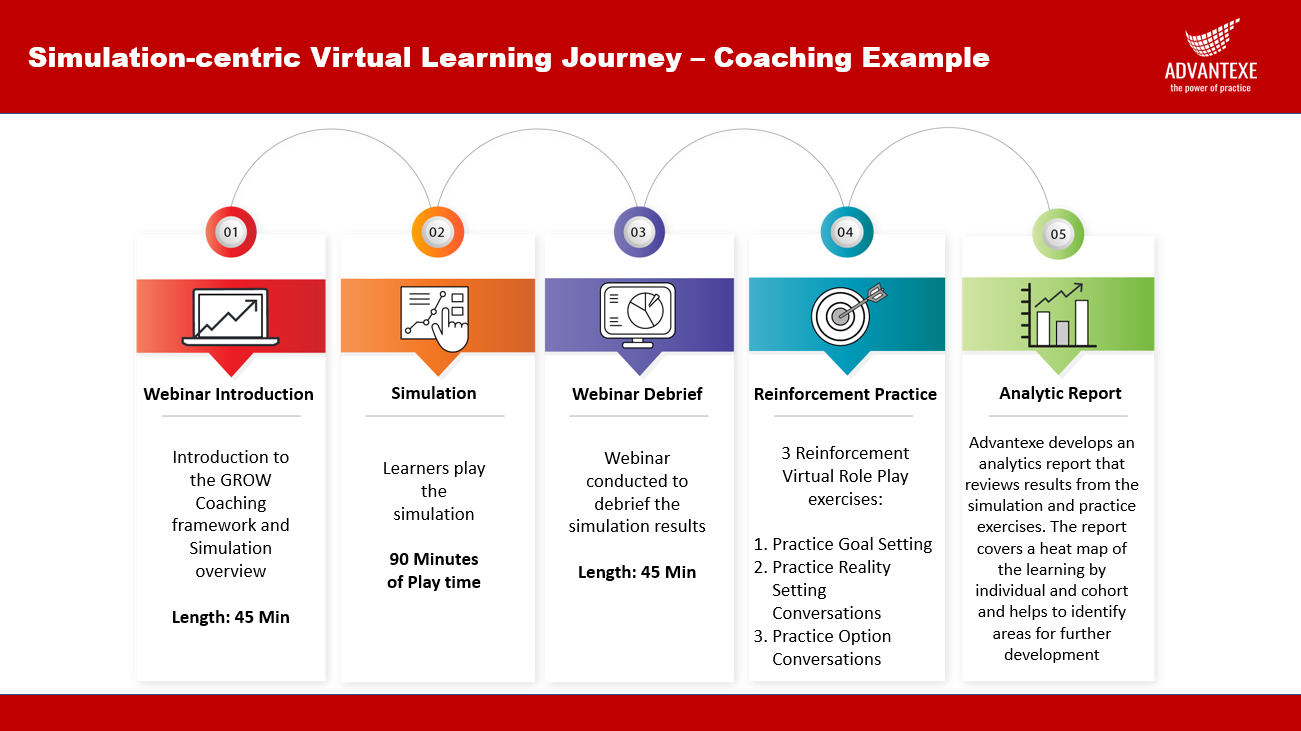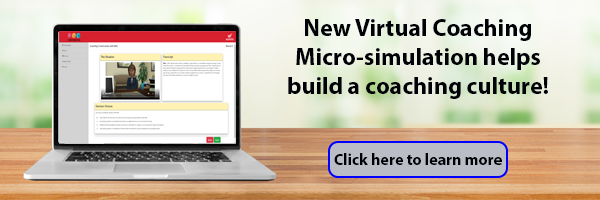In another few days, everyone is going to have had their fill of the stories, articles, and blogs with tips  about how to work remotely. It’s all good stuff of course, but how many times do we need to read about how socially acceptable and cute it’s become to have your kids sneak into the frame of an important video conference?
about how to work remotely. It’s all good stuff of course, but how many times do we need to read about how socially acceptable and cute it’s become to have your kids sneak into the frame of an important video conference?
At some point hopefully within the next 60 days, the COVID-19 curve will flatten, and everything will “go back to normal.” However, I think there are going to be some lasting disruptive changes to the way we work and see the world of work that are going to establish a new normal.
Over the past few days, agile talent development companies have turned their business model upside down moving from classroom deliveries to virtual deliveries. Some of the approaches are very good, and unfortunately most of them are not. Everyone is soon to recognize that taking your crappy classroom stuff and speaking into a video camera is not going to make it.
Because of the nature of simulation-centric learning, where learners utilize engage in a focused workshop in 2-hour spurts, I’ve been very fortunate to be able to work with a number of clients on re-designing their learning journeys to a virtual delivery. One of the most important principles we’ve adhered to is making sure we aren’t just “doing standup online” but rather thinking through the entire experience from a learner perspective. The big “aha” is that there is finally a reason to break up a learning experience into manageable time chunks and integrate it into the regular weekly routine.
So, we all know about the “work-life balance,” and very soon we are going to be talking about the “work-learning balance.” Virtual learning and tools like business simulations are going to bring to concept not only to a reality but to a new way of doing things. We’ve always talked about the holy grail of instant, just-in-time learning, and now we are on the cusp of shorter micro learnings with built in Artificial Intelligence as tools to coach and teach in the moment.
This graphic presents an overview of how the new virtual world works with no more than 90 minutes at a time of scheduled learning.

Now, there are no more excuses of “I can’t leave the job for 3 days to go to training” when the training can literally be built right into the work week. And that doesn’t include the savings of time for travel and associated costs like jet-lag, not eating well, and not working out.
As you plan this out, there is one final critical point. The learning must be good. And here’s where the lessons from Netflix, Amazon, Hulu, Disney, HBO, et al come in. Quality learning, like quality entertainment will always stimulate demand if it’s good.
In summary, as we enter this new and exciting world of learning post-COVID-19, it will only work if there is quality virtual learning. I think there were many great lessons learned in the dot.com days of “eLearning” where companies paid millions of dollars for libraries of junk. I anticipate the standards to be higher and the buyers to be more sophisticated.




